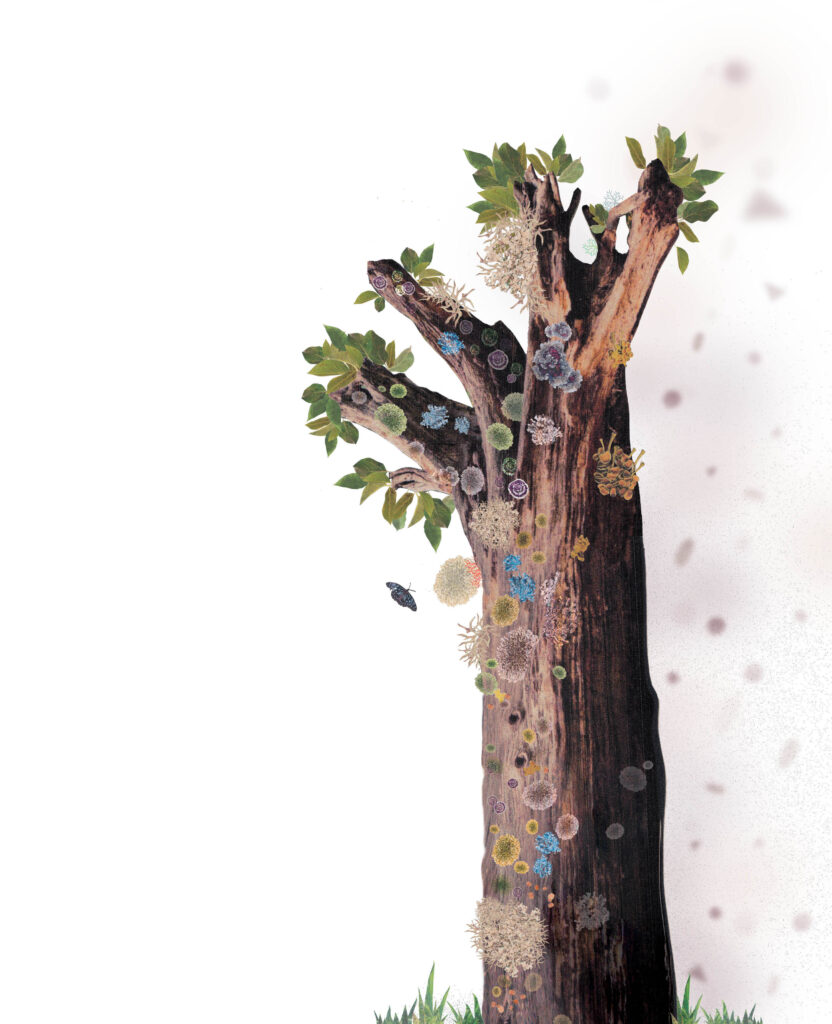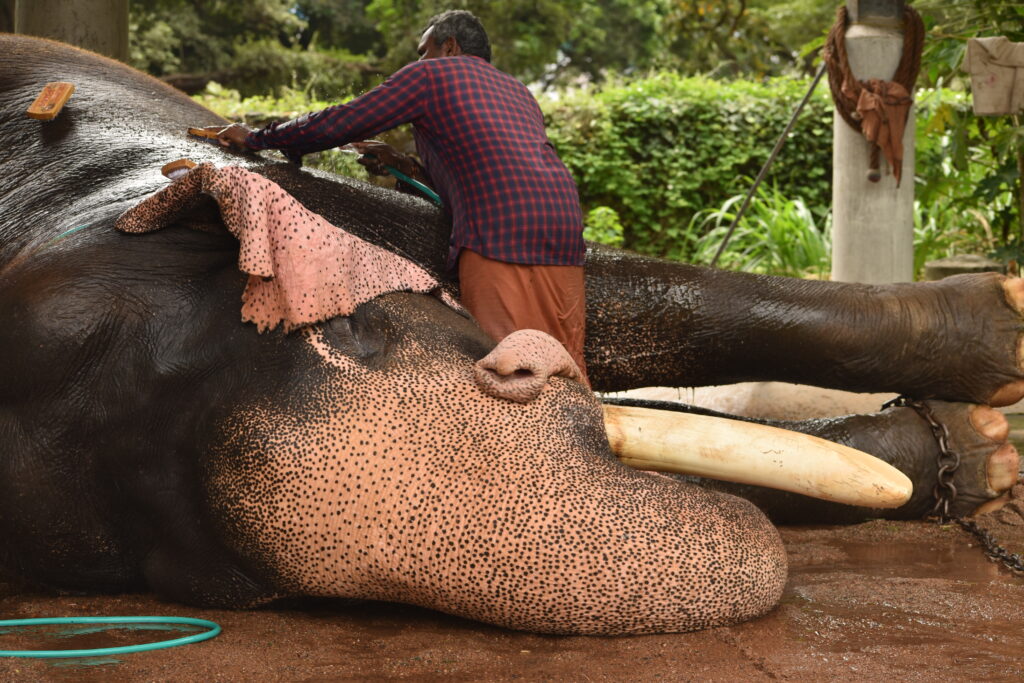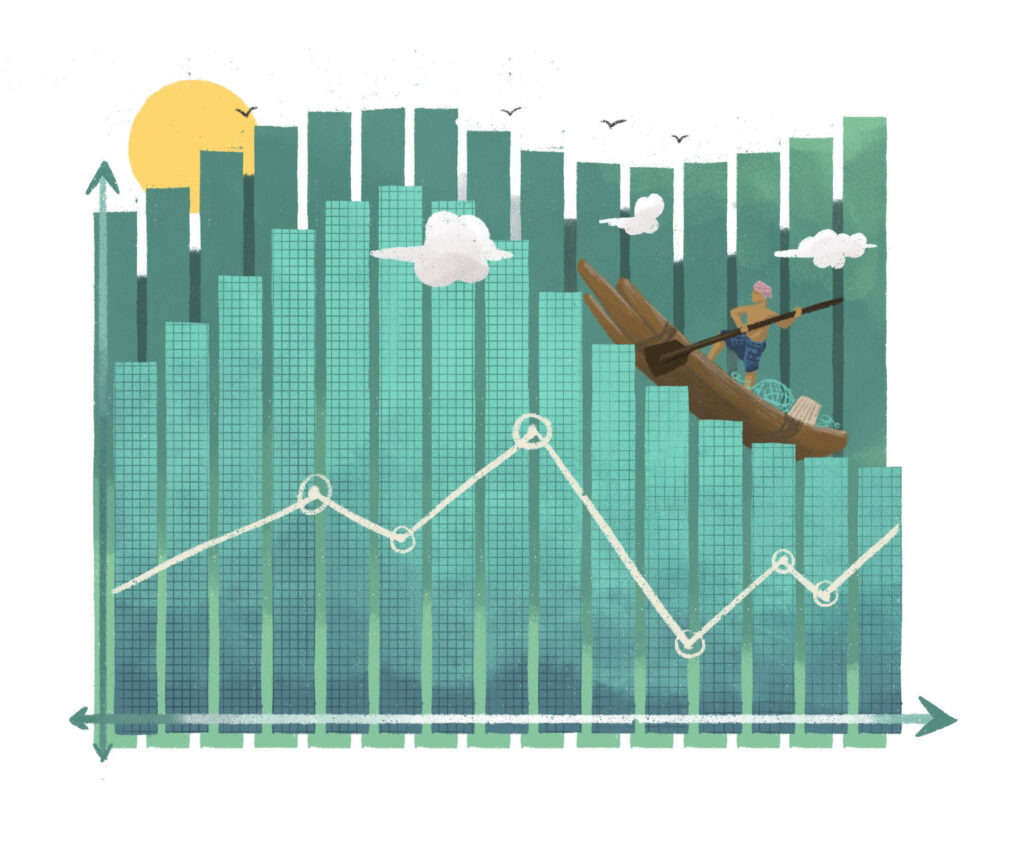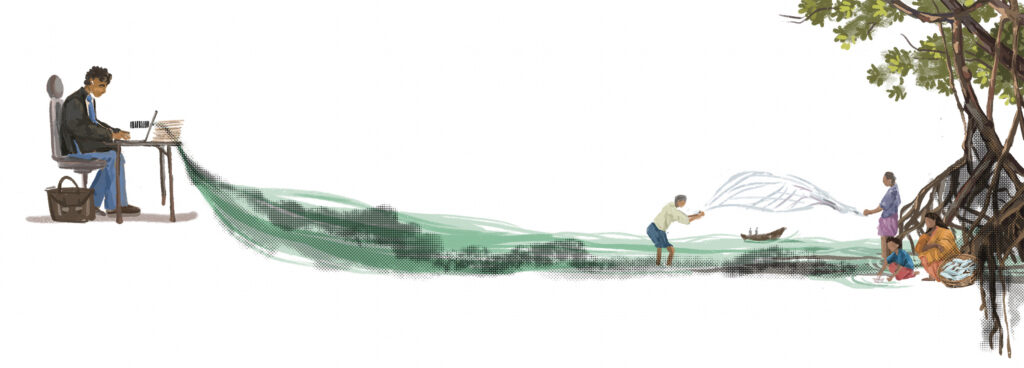We are pretty sure that your first thought on hearing the word ‘parasite’ is unpleasant. But that’s no reason to dismiss parasites, and particularly not their usefulness. Sure, they are small and hideous and do bad things to other lifeforms. But like most creations of nature, parasites can be beneficial too.
Let’s take the example of chytrid algal parasites. To understand them, we need to understand how pelagic food webs work.
First, the open water of lakes and oceans is called the pelagic region, which contains highly diverse microscopic organisms living in suspension, called plankton. Planktic organisms able to photosynthesize are functionally similar to plants and are called phytoplankton. Phytoplankton produces as much as half of the oxygen on the planet. They are at the very base and foundation of the food web in lakes and oceans, while they themselves get eaten by microscopic consumers called zooplankton. The phytoplankton-zooplankton interface has a direct bearing on the entire pelagic food web. An efficient dietary energy transfer from phytoplankton to zooplankton is central for organisms at higher trophic levels such as fish.
The high diversity of so far poorly characterised pelagic microscopic organisms also includes aquatic fungi. Recent progress highlighted the importance of alternative trophic pathways in pelagic food webs with chytrid algal parasites as key elements. But what are chytrids, really?Chytrids are fungi, and most of them act as parasites infecting a wide variety of phytoplankton species. One peculiar thing about them is that they are rather host-specific. This means, one chytrid species infects one or a few phytoplankton species.
So chytrids infect phytoplankton, while zooplankton can feed on both phytoplankton and their chytrid algal parasites. Therefore, chytrids make the pelagic food web a bit more complex, and we should be very much pleased about that. Primarily, when zooplankton can only feed on a few phytoplankton species due to the massive dominance of few species caused by human impacts like anthropogenic eutrophication (that is, the release of large amounts of nutrients to the water due to agriculture or inefficient wastewater treatments).
Eutrophication and global warming enhance the mass occurrence of algae, also known as “algal blooms”, or “harmful algal blooms”. They are called harmful since some bloom-forming species can produce toxins. When the toxic algae accumulate on the surface, they form a layer. Some of them, like layers of cyanobacteria (prokaryotic algal group) or dinoflagellates (one eukaryotic algal group), can even kill a dog!

Another problem with bloom-forming algae is that they are often too large to become food for zooplankton, choking up energy transfer. This means when algae that are too large in size cannot be harnessed by zooplankton, the energy stays blocked and stored in the algal mass. This energy is lost after the algae dies.
But all’s not bad news. Chytrid parasites live attached to the algal host (called sporangium) and produce large numbers of small-sized free-swimming zoospores to disperse and reproduce. Zooplankton can feed on the chytrid zoospores; therefore, chytrids can convey dietary energy from inedible algal hosts to zooplankton. But chytrids can do even more! They can improve the low-quality cyanobacteria food to high-quality organic compounds and synthesize essential molecules de novo. One example is omega-3 fatty acids, which are critical for zooplankton growth, reproduction, and survival.

So, chytrid algal parasites are out there to help nature function. They support pelagic food webs by recycling algal biomass and making essential dietary molecules available for other consumers. They can constitute a fundamental resource in case of harmful algal blooms. Humans, hopefully, are now much more aware of the negative impacts of eutrophication and global warming on aquatic ecosystems than before. As for the chytrids, there might be much more to do, especially to realise and understand their quantitative importance in pelagic food webs.
While in the past we asked: “why chytrid algal parasites are there”, “what do they do?”, we are now after a new question: “are there enough chytrid algal parasites to support pelagic food webs?”.






